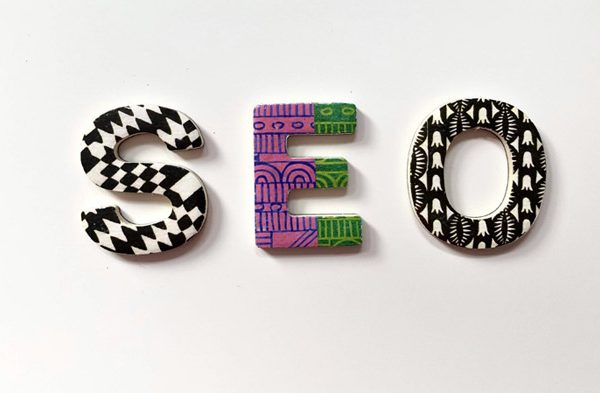For years web designers have had their creativity hampered by a lack of ‘web safe fonts’. The majority of live text across the face of the web was, until recently, Arial, Helvetica or Times New Roman. In the early days of the World Wide Web, typography (font style) was controlled by settings within your web browser. It wasn’t until 1995 that Netscape introduced the tag, which soon became a standard in HTML specification. The font specified by the tag within the HTML of a website would only be supported by computers that had the font installed. The term ‘web safe fonts’ refers to fonts that are available (installed on) most computers.
Web designers and developers now have access to a vast catalogue of typography. This is largely thanks to Adobe and Google, who offer fonts, which are stored/hosted on numerous servers worldwide. Any number of these fonts can be incorporated into a website by adding a few short lines of code to a style sheet. This code tells your Internet browser which font type to display.
Google fonts currently host 629 font families, which can be used in your website for free! Typekit requires you to pay a small subscription fee in order to access the thousands of fonts they offer.


